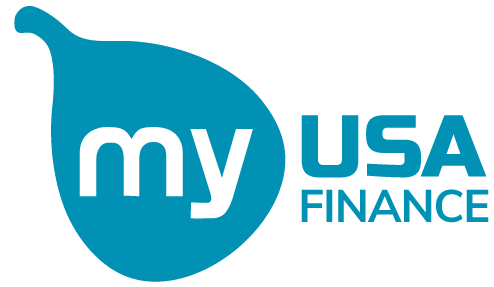A personal loan can be a helpful resource when you need to pay for large or unexpected expenses. If you are looking for a personal loan, it is important to have a plan on how and when your payment will be made.
Before applying for a personal loan, it is important to know what you can expect. In this post, we will give you tips on how to get a personal loan and what to expect when you apply. So, whether you are looking to consolidate debt or make a large purchase, read on for advice on how to get the best deal on a personal loan.
How To Get A Personal Loan in 7 Steps
A personal loan is typically unsecured, meaning you do not have to put up collateral like your car or home. In most cases, the interest rate of these loans is fixed, meaning it won’t change over the lifetime of the loan, so your monthly payments will stay the same.
Personal loans can be flexible and used for many reasons, such as:
- Debt consolidation
- Funding home improvement projects
- Auto repairs and expenses
- Financing a small business
- Making a major purchase
Follow these steps to apply for a personal loan if you decide it is the right type of financing for you.
1. Determine how much you need to borrow
Knowing the amount of money you’ll need to borrow is crucial for applying for a personal loan. The majority of lenders and lending platforms can lend up to $50,000 per borrower. This figure must be realistic, so you don’t jeopardize yourself by taking on too much debt without knowing how affordable your payments will be after interest rates.
A loan origination fee is a one-time payment to your lender to complete a new loan application. Some lenders charge an origination fee, which they subtract from your loan. My USA Finance is a free online platform that connects borrowers with lenders and financial institutions, allowing users to fill out an application for free.
2. Check Your Credit Report
Checking your credit report can help you decide whether or not you’ll be accepted for a loan. The higher your credit score, the more likely you are to get accepted for a loan, and the lower your interest rate will be.
In order to qualify for a personal loan, you usually need at least a fair credit score. Typically, a fair credit score ranges from 580 to 669 points. You will have the best chance of getting approved with competitive interest rates if you have a good or excellent credit score above 670.
Bad credit borrowers can choose among several kinds of loans, but unsecured personal loans are the most popular. In the event of an emergency, people with credit scores of 669 or less may benefit from unsecured loans to cover unexpected costs.
Here are a few tips for improving your credit.
3. Shop Around For The Best Rates
Comparing offers is a good idea when looking for a personal loan. Getting prequalified (which is considered a soft credit pull, and will not impact your credit) is the first step.
A number of online platforms will do the work for you and find you loan offers from potential lenders. By comparing offers, you can easily find one that meets your needs.
To get prequalified, the lender will require some basic information, including:
- Your name
- Your current address
- Income details
- Social Security number
- Date of birth
Once you have been pre-qualified, you will know what loan terms, rates, and loan amounts you qualify for.
You may not be able to get a traditional loan from a bank if you have bad credit. Fortunately, there are some online lenders who specialize in working with bad credit personal loans.
4. Choose Your Lender
When you’ve completed your research, choose the lender with the best offer for your needs, then begin the application process.
It may be possible to complete the entire application process online depending on the type of lender. In some cases, you may be required to apply in person at a local branch of your bank or credit union.
Depending on which lender you apply to, you’ll usually need to provide your name, address, and contact information, as well as the reason for the loan.
5. Apply For The Loan
Typically, you’ll be asked for the following information when you submit a full application:
- Bank account information
- Personal identification or driver’s license
- Pay stubs
- Bank statements
- Tax forms
Some lenders might ask for some of these documents during the prequalification process as well. To save you time and minimize hassle, it’s a good idea to start gathering all your financial documents when beginning your search.
6. Wait for Approval
Most personal loans are approved within one to three business days of application. After approval, funds should be available in your account within 1- 5 business days.
7. Start Making Your Monthly Payments
Remember, It is important to keep track of how much your monthly payments are when you receive a personal loan. Most lenders expect you to start repaying the loan within 30 days of receiving funds.
Monthly payments typically repay personal loans over a set period (or term). Your monthly payment, including interest, will vary based on your lender, loan terms, and interest rate.
Where can I find the best personal loan rates?
When you decide to take out a personal loan, shop around to ensure you find the best rate. You’ll need to know the specifics, including APR, interest rate, and how long it will take to repay the loan. Be sure to read the fine print as well. Before taking out a loan, it’s important to know if there are any prepayment penalties, late fees, or other fees.
Shopping around for different loan options? Get started online today, My USA Finance can provide you with the financial relief and affordable rates you need.











